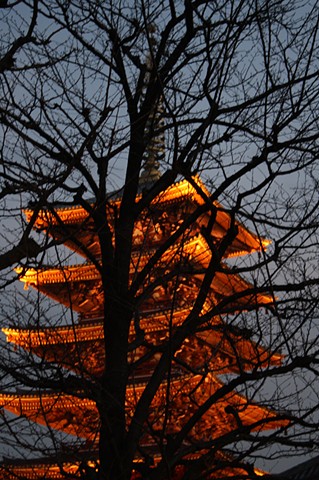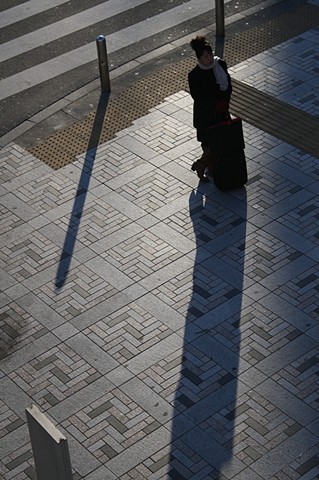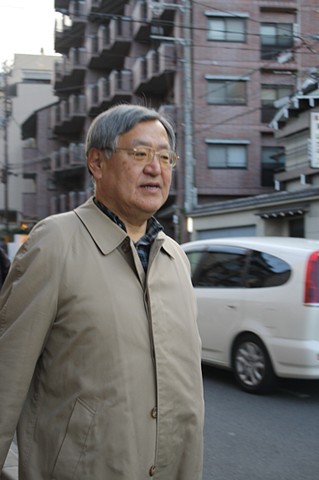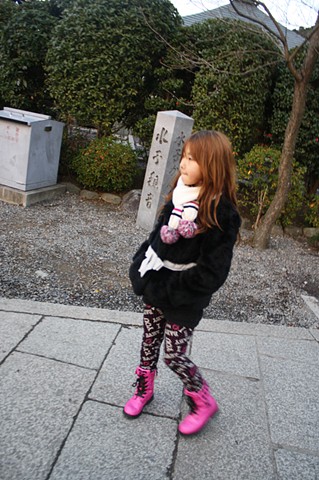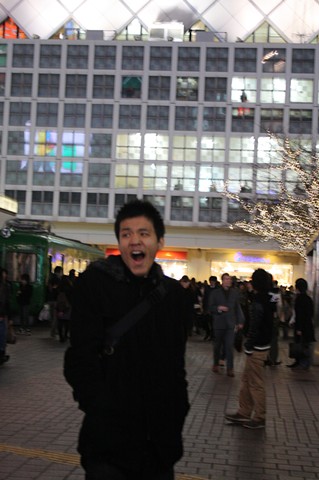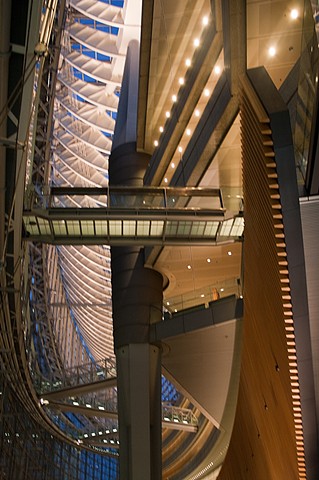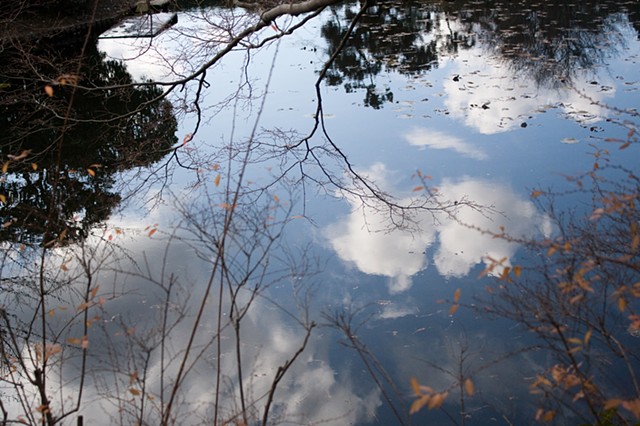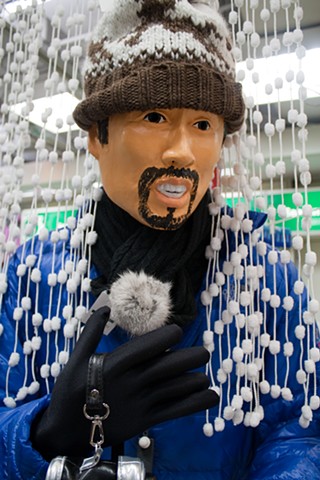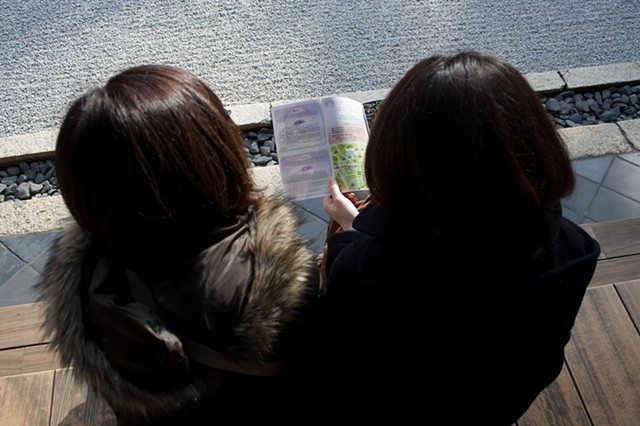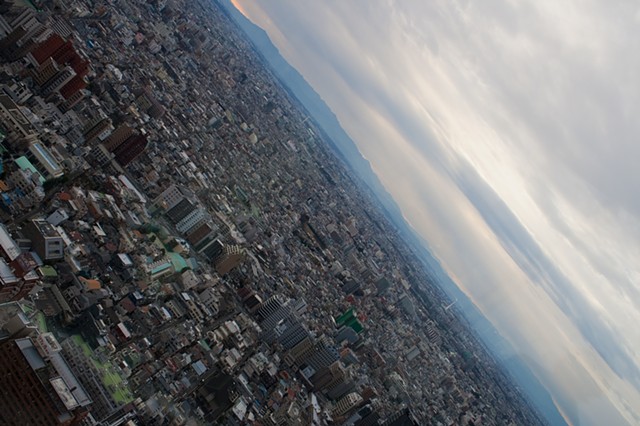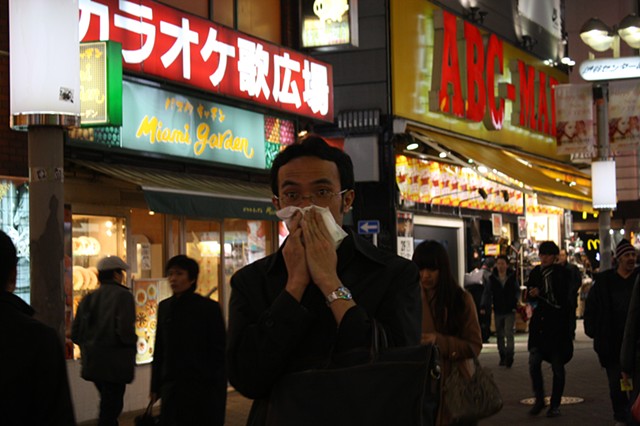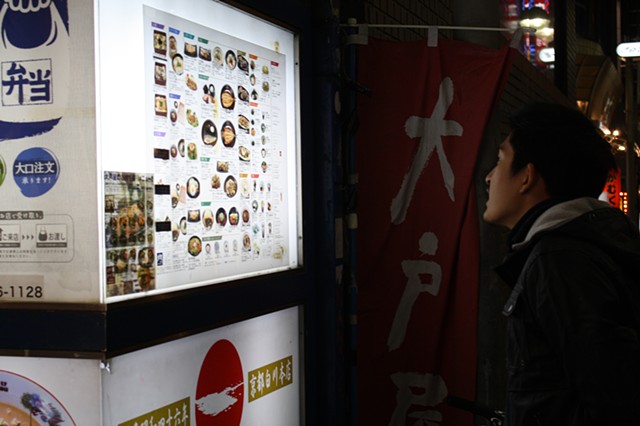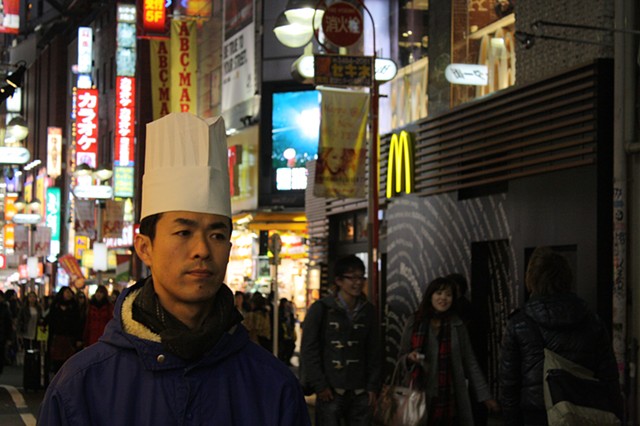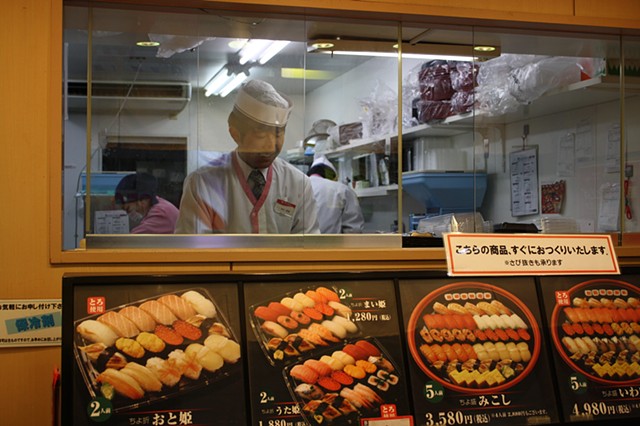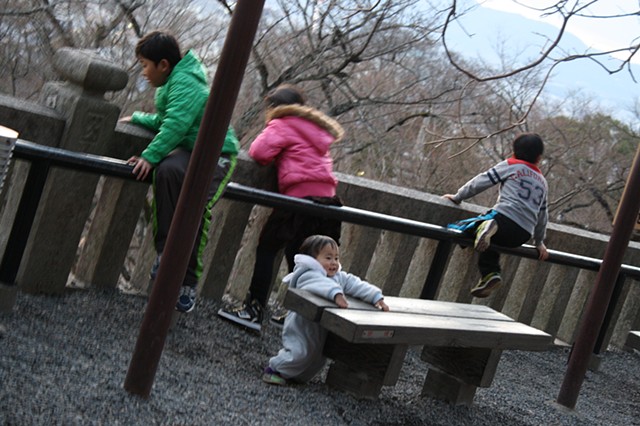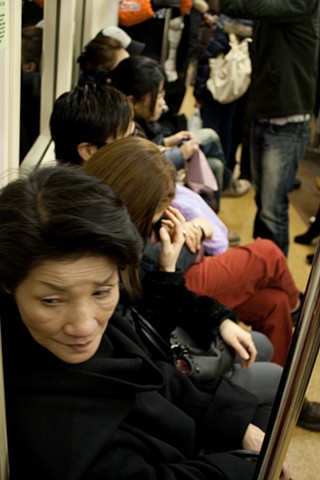Hayden Hartnett Project Space 2013
Fordham University is proud to introduce a new exhibition venue at its Lincoln Center Campus: the Hayden Hartnett Project Space. The space presents yearlong exhibitions of work produced by students from the Department of Theatre and Visual Art.
The location of the Hayden Hartnett Project Space in the Office of Undergraduate Admission in Fordham's Lincoln Center both showcases student work for an extended period of time, as well as introduces prospective students and their parents to the high caliber of visual work produced at Fordham University.
The Hayden Hartnett Project Space is inside the Office of Undergraduate Admission on the second floor of the Leon Lowenstein building and is open during Fordham University operating hours from 9 to 5. For more information, please contact gallery director Stephan Apicella-Hitchcock at <apicellahit@fordham.edu>
The following images by Hayden Hartnett were made while participating in the Fordham University course, "Documentary Photography: Japan," taught by Stephan Apicella-Hitchcock in December 2010 – January 2011. The introduction to the class book in which Hayden participated is below.
The link to the class book:
Roughly One Second of Photographs Made by Six People in Japan
www.fordhamobserver.com/project-space-d…
Arts and Culture —
Project Space Dedicated To Student’s Memory by Ludovica Martella|
The introduction:
There is a fiendish pleasure in meeting people at Tokyo’s Narita airport after they have endured a thirteen-hour flight and crossed the International Dateline. Their disorientation is palpable – from bloodshot eyes to messy hair (which actually fits in quite nicely with the local, youthful styles), to the need for sudden, impromptu naps and its alternate in the form of sleep deprived stream of consciousness rambling. It is the equivalent of barging into someone’s room at 3AM and saying, “Wake up – let’s go photograph!”
Nonetheless, over the course of ten days, endless miles of walking new terrain, and innumerable new sounds, smells, tastes, and experiences, a transformation occurs. The initial shock and strangeness of being in a new country yields to impressions that are more delicate and nuanced and in looking at the images in this book I am reminded of a statement by the 19th century novelist William Makepeace Thackeray when he said: “The two most engaging powers of an author are to make new things familiar, familiar things new.”
If most photographs are exposed somewhere around 1/125th of a second, then collectively the exposure time of the images in this book adds up to barely a single second; however, the impressions that Japan and Japanese culture have made on Apollonia, Michael, Gabrielle, Hayden, Analissa, and Devon will certainly last for much longer.
